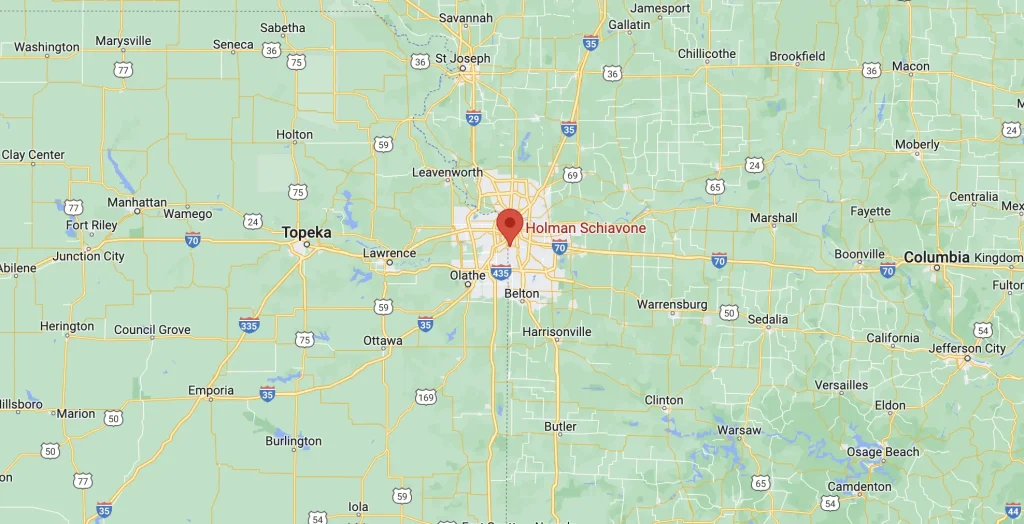The Missouri Supreme Court recently provided a significant, albeit limited, victory to injured people seeking damages in medical malpractice claims. In Klotz v. St. Anthony’s Medical Center, the court concluded that the caps on noneconomic damages enacted by Missouri’s 2005 tort reform law should only apply to injuries that occurred after the law took effect. Unfortunately, the court failed to address the larger issues of whether the damages caps themselves are constitutional.
The 2005 Tort Reform Law and Damages Caps
In 2005, then-Gov. Matt Blunt signed a bill into law that sought to put a cap on certain types of damages claims in medical malpractice lawsuits. The cap applied to noneconomic damages, that is, damages for pain and suffering, mental anguish, inconvenience, physical impairment, disfigurement, loss of capacity to enjoy life, and loss of consortium. The caps did not apply to punitive damages or economic damages such as medical bills, and lost income.
The intent of capping these damage awards was to prevent the continued rise of medical malpractice insurance premiums, and in effect, help keep medical care affordable for more people. Previously, Missouri limited the recovery of noneconomic damages to an amount that was periodically adjusted for inflation. Before passage of the 2005 law, the damages limit was $579,000 for each individual involved in a lawsuit.
The new law essentially instituted a hard cap of $350,000 per lawsuit for noneconomic damages. This cap applies to all parties in the suit collectively, not to each individual.
The Missouri Supreme Court’s Decision in Klotz
The court’s recent decision in Klotz v. Saint Anthony’s Medical Center clarifies how these caps are to be applied, but did not go as far as many people, and some Supreme Court justices, would have preferred.
The Klotz case was filed in 2006 alleging that medical malpractice was committed during a 2004 surgery. The injured plaintiff won his case, and he and his wife were awarded $2.5 million by the jury, more than $1 million of which was for noneconomic damages. The trial judge then reduced the noneconomic damages portion to $350,000 in accordance with the limits imposed by the 2005 law.
Upon review by the Missouri Supreme Court, the damage award was reinstated when the court held that the 2005 noneconomic damage cap should only apply to cases in which the injuries took place on or after August 28, 2005 when the tort reform law went into effect.
In practice, this decision narrows the applicability of the damages caps, but since there is a two-year statute of limitations on malpractice cases, this decision will likely affect few, if any, other cases.
The Court’s Missed Opportunity in the Klotz Decision
While Klotz was a victory for some injured plaintiffs, the court failed to decide the larger issue of whether the noneconomic damage caps are constitutional in the first place. Recently, two other states, Illinois and Georgia, have ruled that similar caps on damages were unconstitutional. In addition, at least two justices from the Missouri Supreme Court wrote concurring opinions in Klotz that seemed to indicate that they too would have preferred the court declare the caps on noneconomic damages unconstitutional.
In his concurring opinion, Justice Michael A. Wolff argued that the legislature’s imposition of caps on noneconomic damage awards was a violation of the right to trial by jury guaranteed by the Missouri Constitution. Justice Wolff reasoned that the constitution gives a jury the right to determine factual issues, including what amount of damages repays someone for suffering a particular injury, and that right cannot be taken away without the consent of the people of Missouri by amending their constitution.
In another concurring opinion, Justice Richard B. Teitelman, reasoned that the damages cap violated the principle of equal protection. He pointed out that, in effect, minor injuries would be compensated more fully than severe injuries because an individual with a minor injury may recover all of their damages without reaching $350,000, while that same amount of money may only be a small percentage of damages to someone that becomes permanently disabled at a young age.
In addition, those that are young or economically disadvantaged will disproportionately suffer because the greater share of their damages will be noneconomic because they do not have the established career or income of an older or wealthier individual. Finally, those injured plaintiffs that cannot prove economic damages may have a hard time pursing claims at all because it might be hard to find attorneys willing to represent them. Since malpractice attorneys typically work on a contingency basis, the limitations on recovery may serve as a disincentive for lawyers to take on the expenses of pursing complex medical malpractice suits.
Illinois and Georgia Courts Find Similar Damages Caps Unconstitutional
While the Missouri Supreme Court has not done so yet, courts in both Illinois and Georgia have recently struck down damages caps using reasoning similar to the two concurring justices in Klotz. In Nestlehutt v. Atlanta Oculoplastic Surgery, the Georgia Supreme Court followed the same reasoning that Justice Wolff advanced in Klotz, that is, that the legislature overstepped its power and violated the right to trial by jury.
Similarly, in Lebron, a Minor v. Gottlieb Memorial Hospital, the Illinois Supreme Court concluded that the imposition of caps on noneconomic damages was a violation of the separation-of-powers clause of the Illinois Constitution. In that case, the court concluded that the caps imposed by the legislature encroached on the powers of the judiciary.
While the Missouri caps on noneconomic damages remain in effect, it may just be a matter of time before the right case comes along to allow for another strong challenge to their constitutionality.


